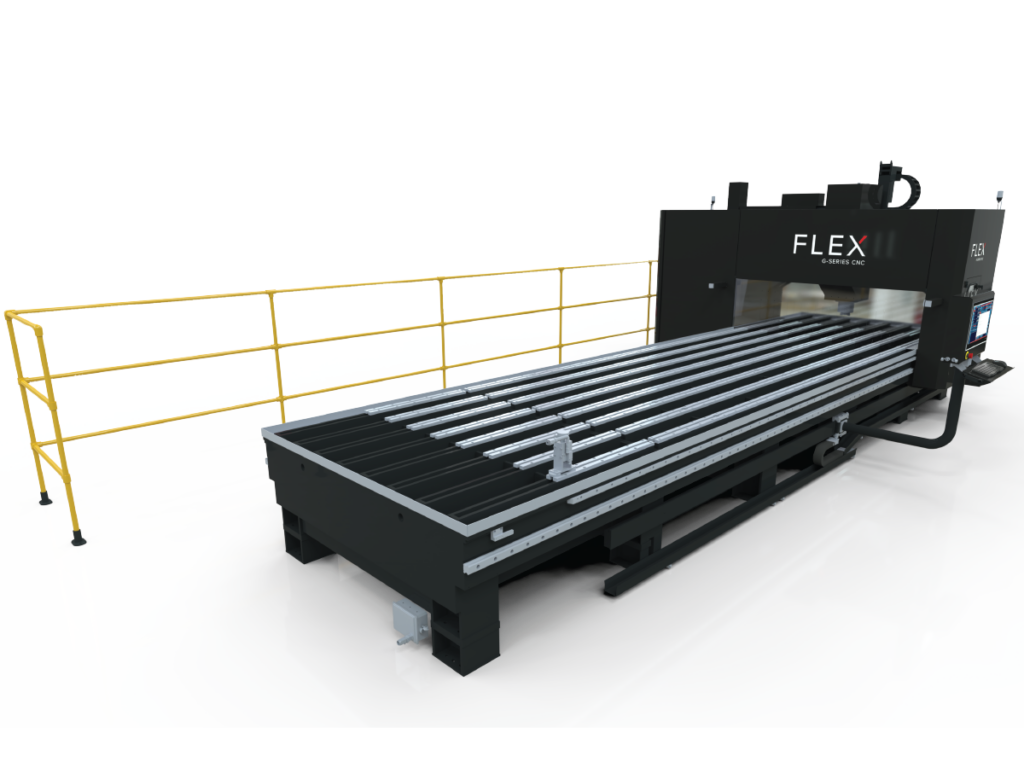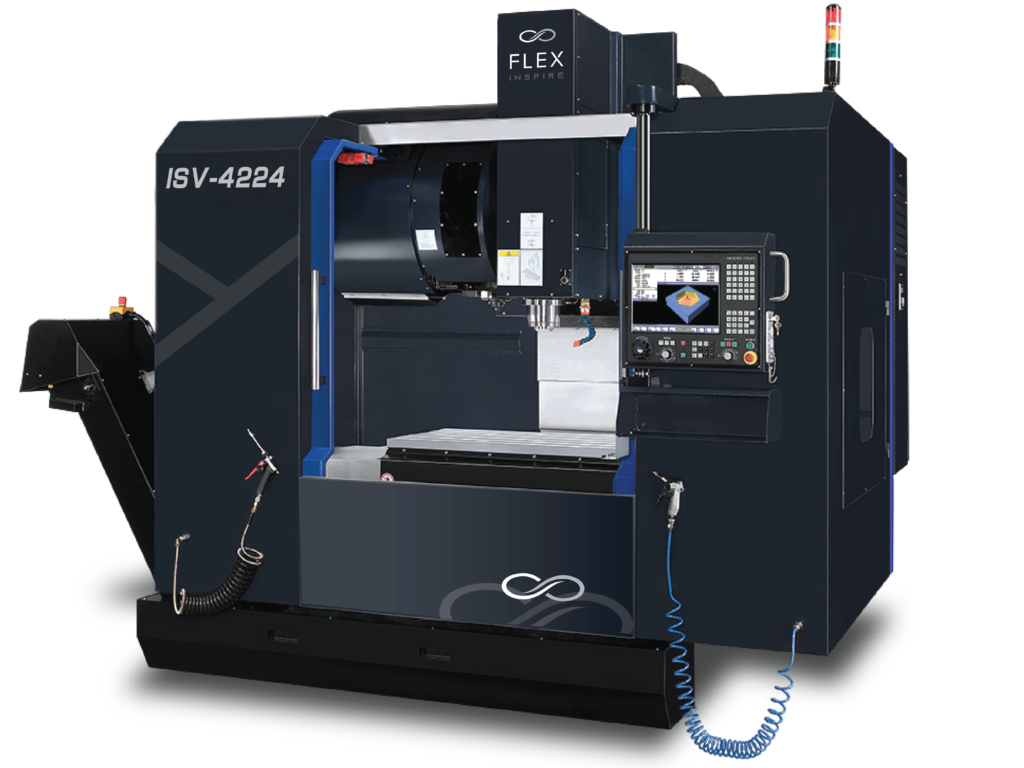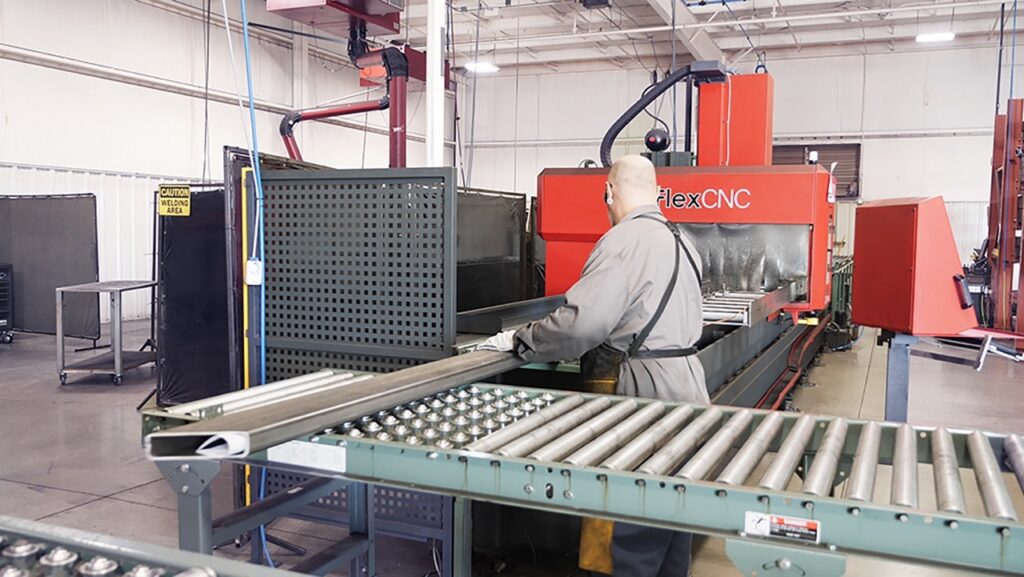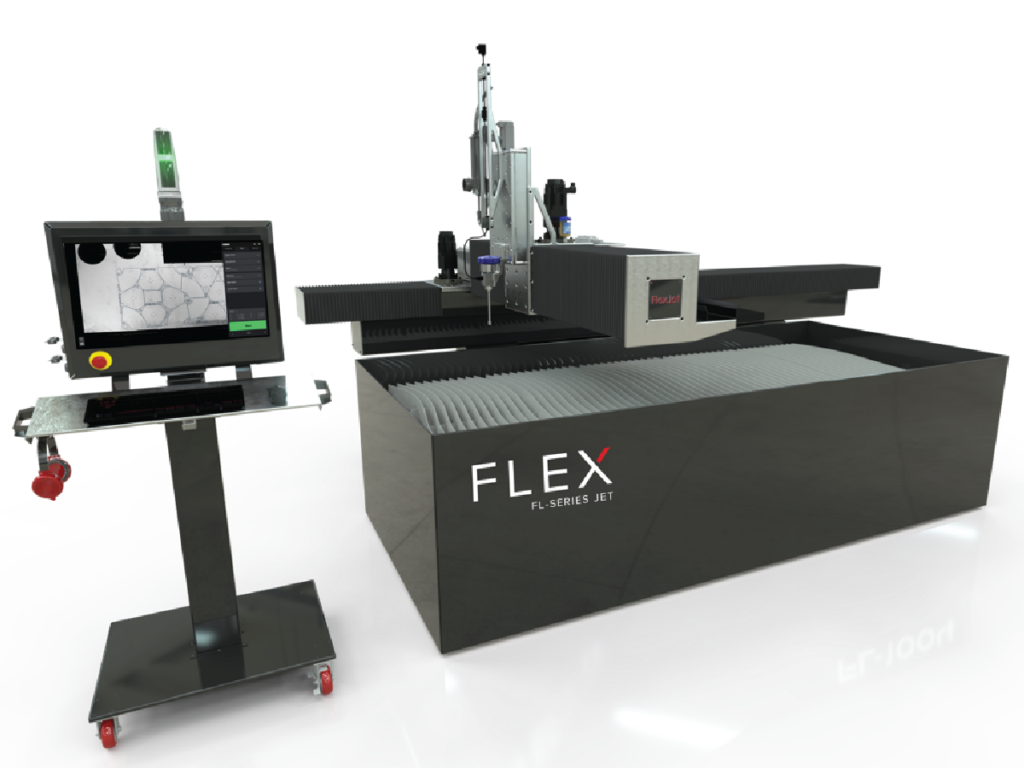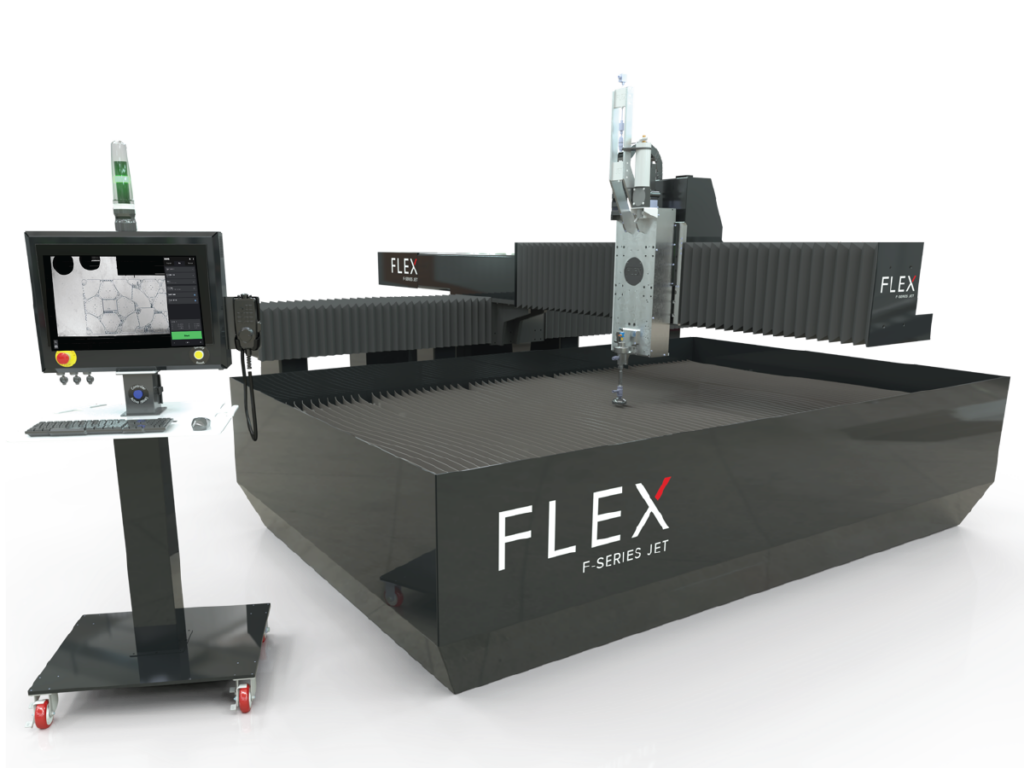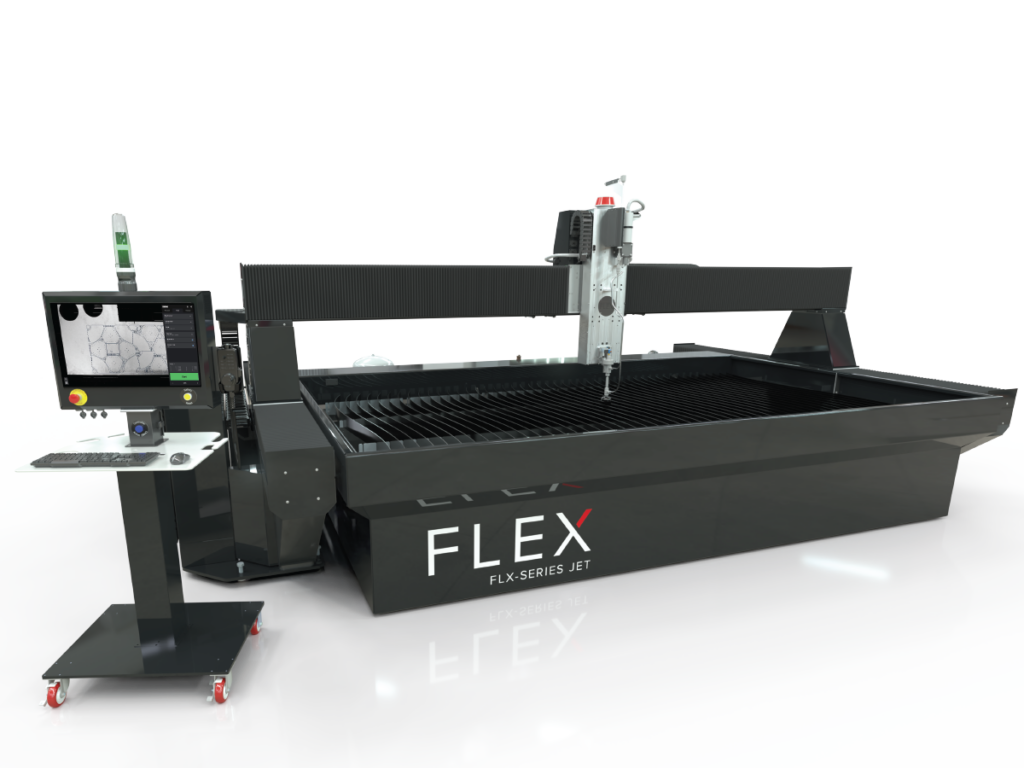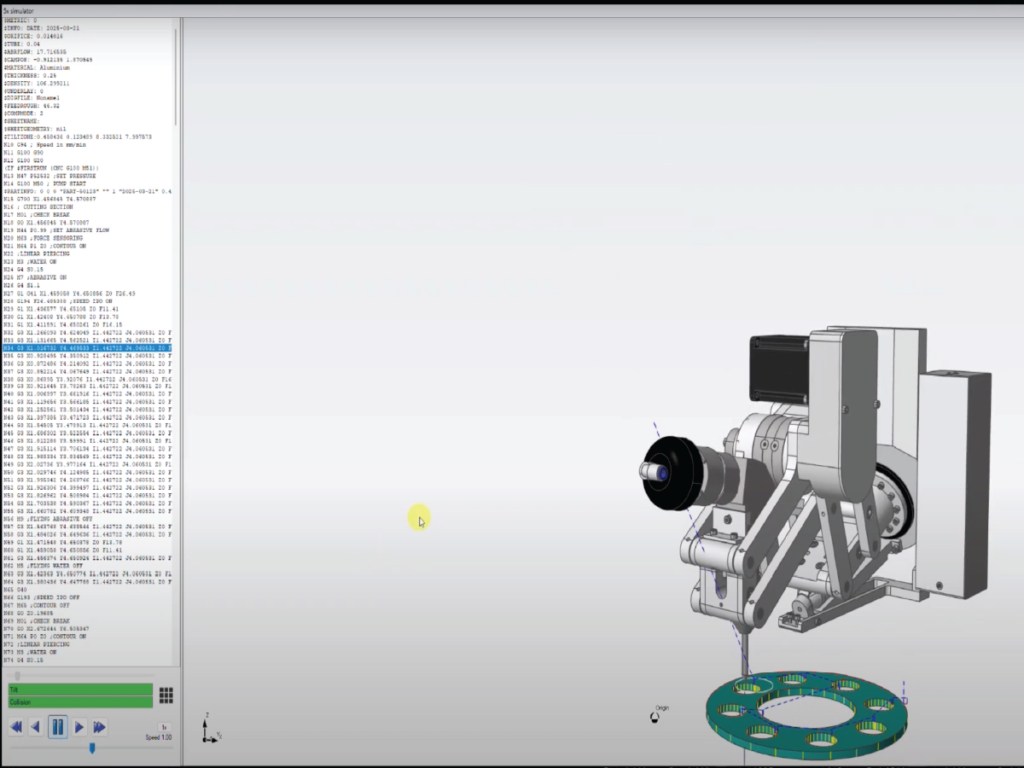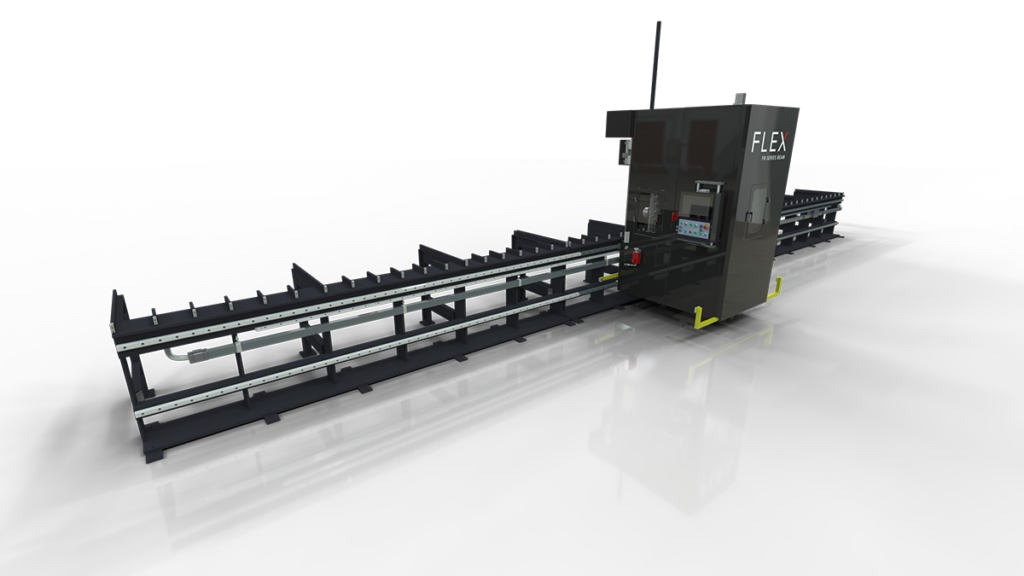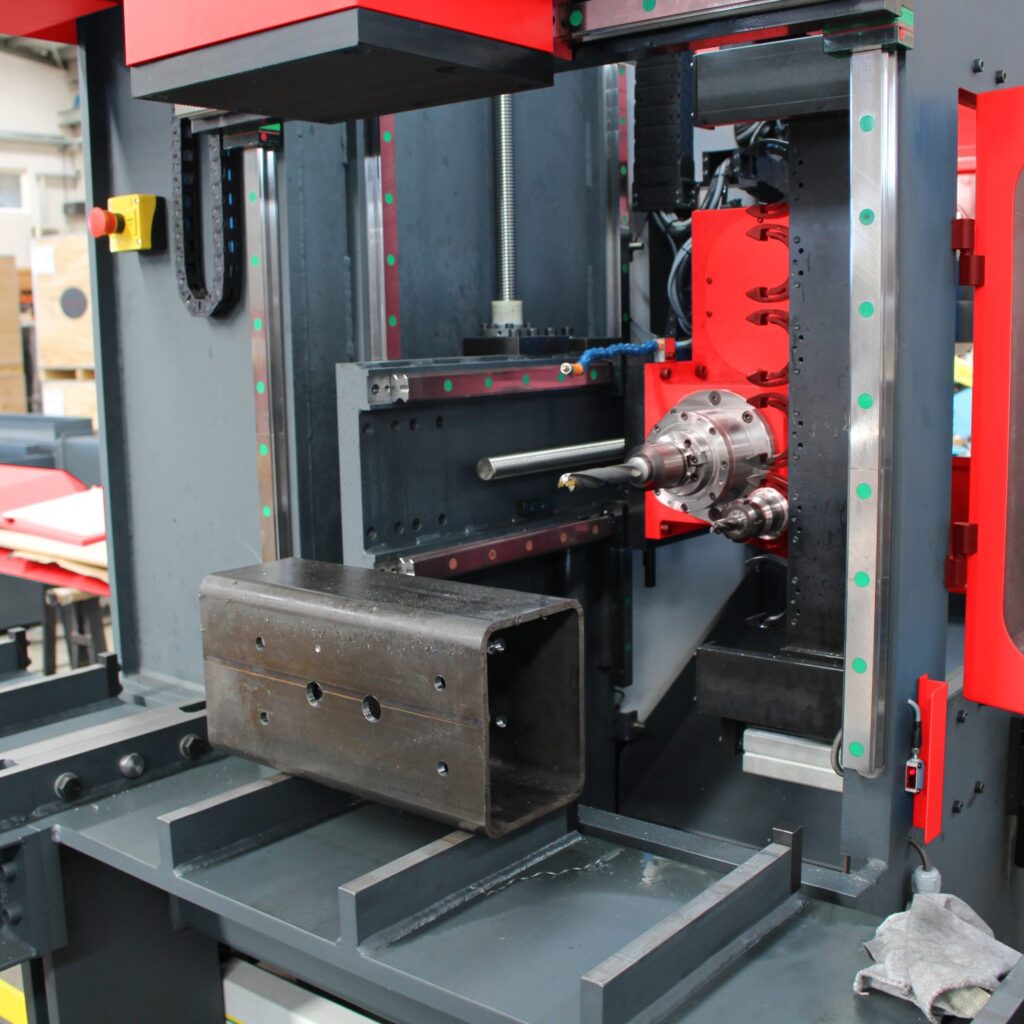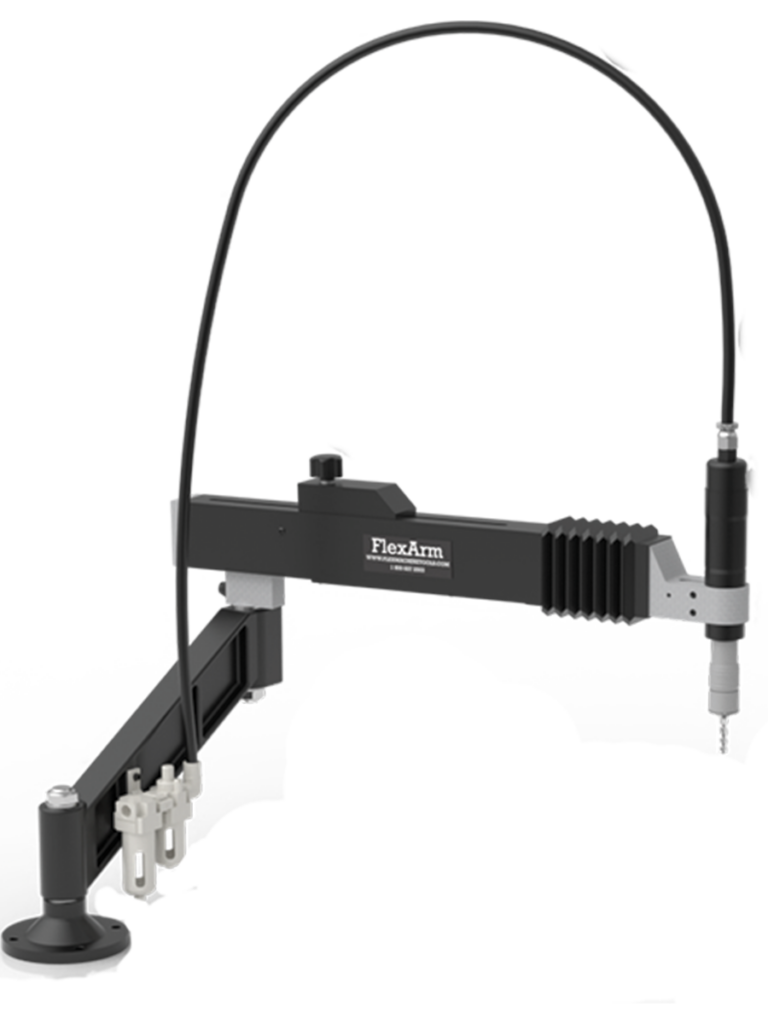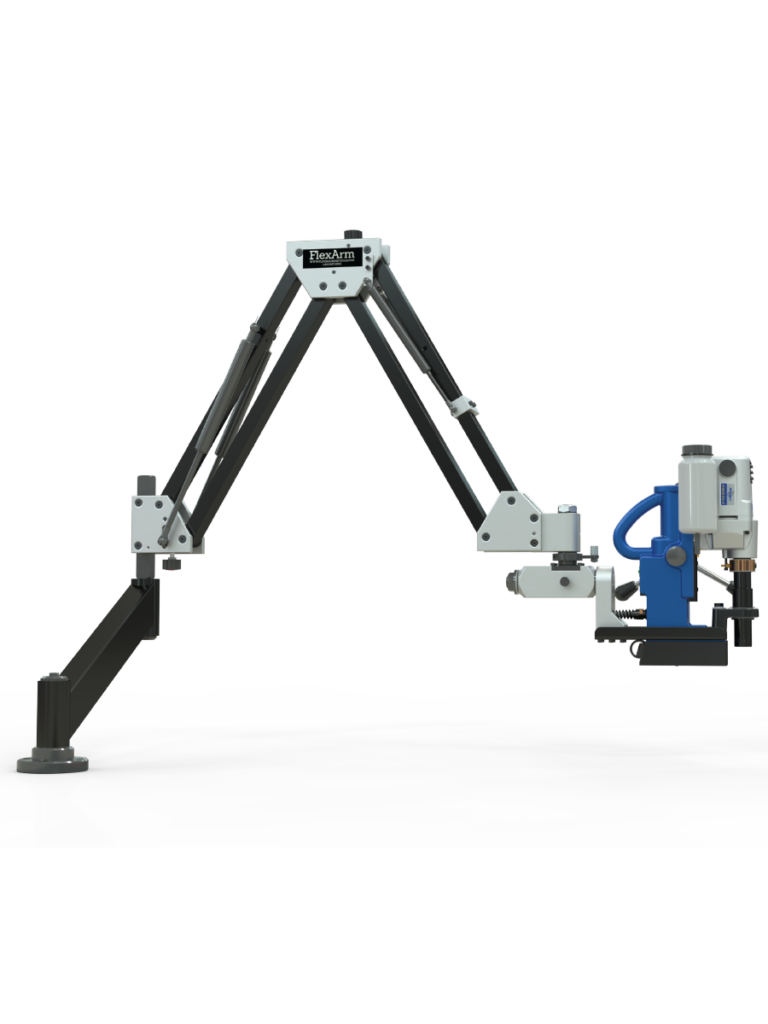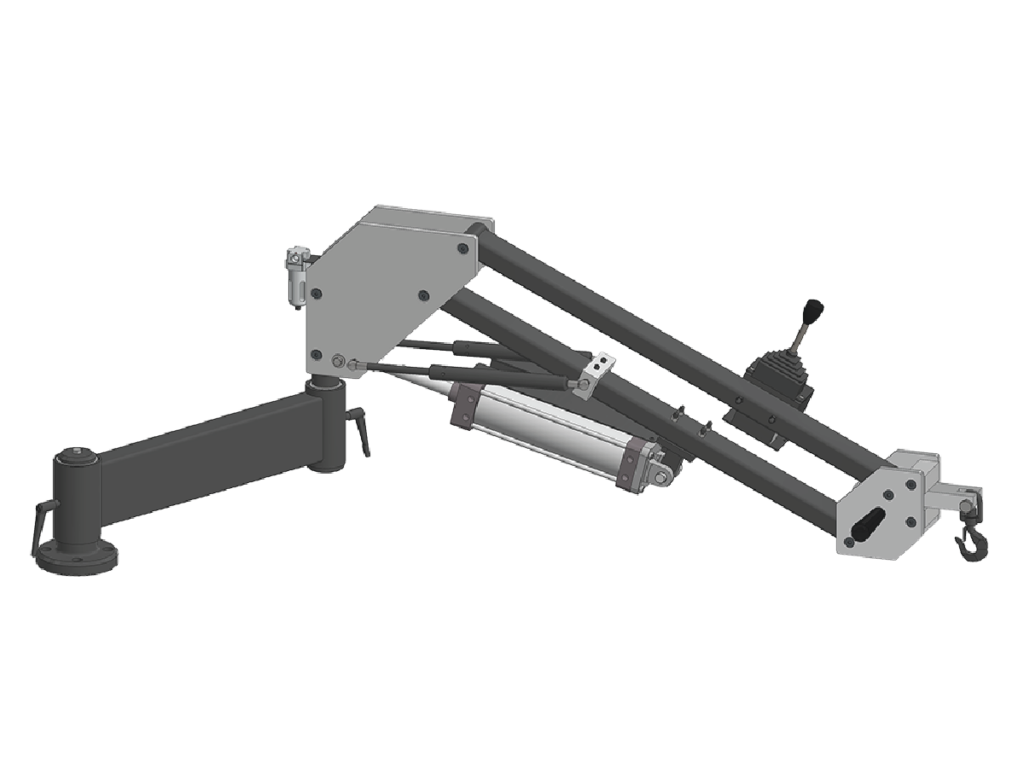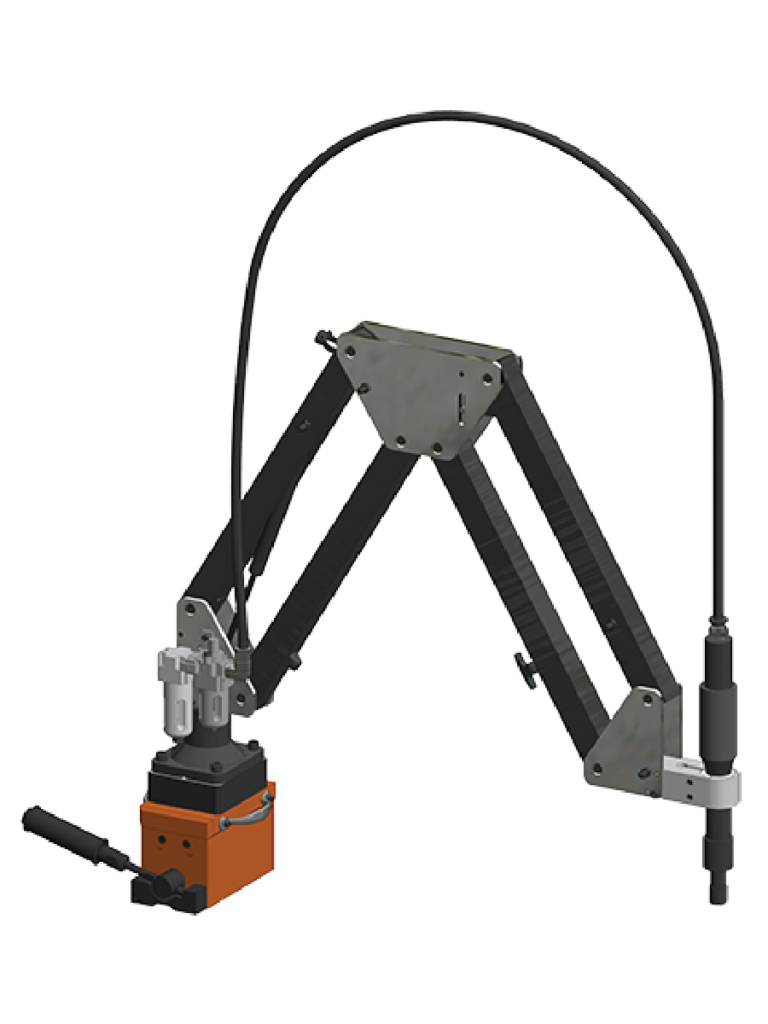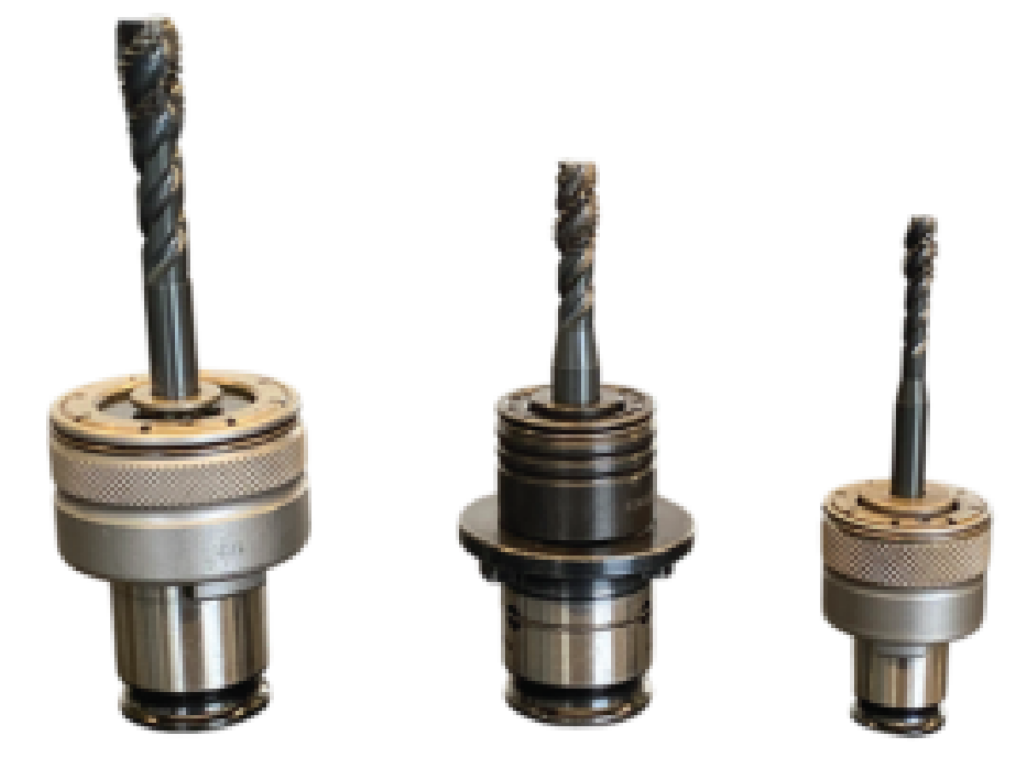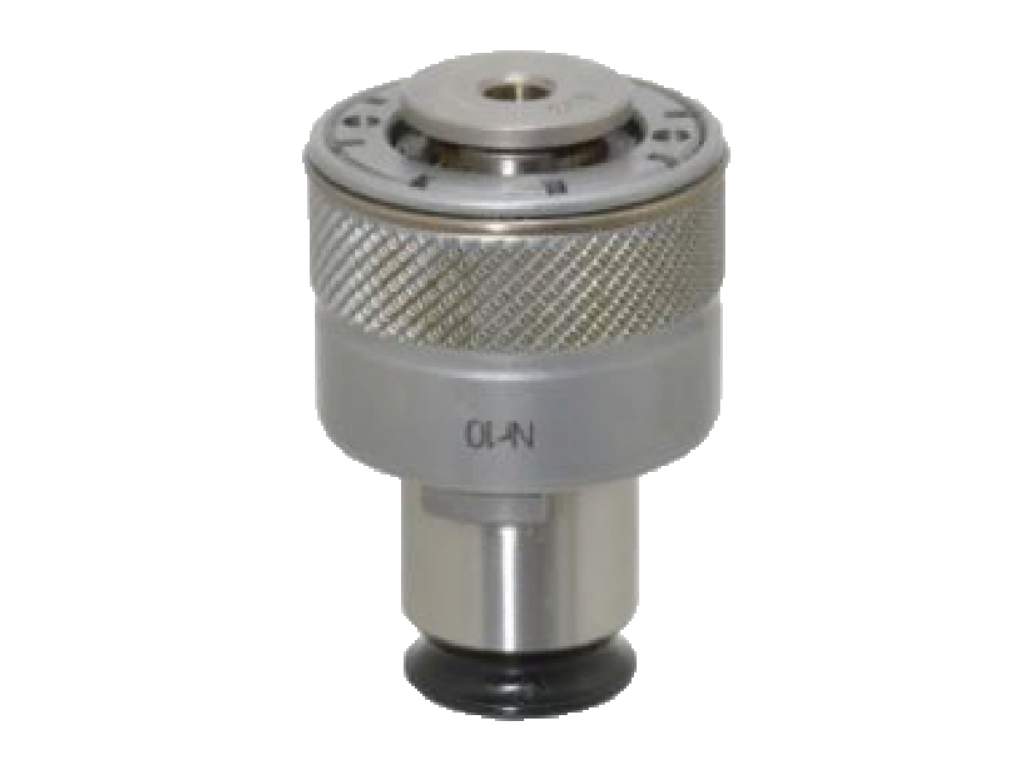“As a manufacturer of architectural railing systems and components, R&B Wagner, Inc. is always looking for the best way to fixture and machine long lengths of material. Many of our components and products do not fit within standard machining centers. We needed a machine that could securely hold up to 20 feet of pipe/tube, all while machining multiple holes at various points.
After significant research, we found The FlexCNC was the machine that fit our needs. The ease of set up and operation with its touch screen control and large, open-concept, bed made it convenient in cross-training multiple operators to run the unit.
Once installed on our factory floor, we quickly realized we would also be utilizing the FlexCNC in manufacturing multiple other parts as well.
Using the “pendulum mode” allows us to run multiple smaller parts by having the spindle turning on one end while the operator safety loads and unloads on the other end. More production, less downtime, simple to operate; that’s what any manufacture looks for in a piece of equipment. The FlexCNC is a great addition to our manufacturing floor at R&B Wagner, Inc.”
Michael N. Olivier
Production Team Lead
R&B Wagner Inc.


